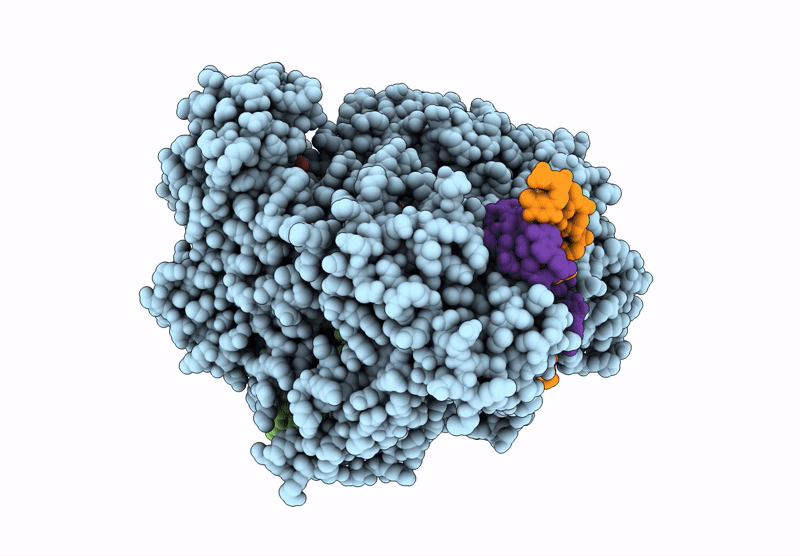
Deposition Date
2022-06-01
Release Date
2023-01-18
Last Version Date
2025-05-28
Entry Detail
Biological Source:
Source Organism:
Sulfuricurvum sp. PC08-66 (Taxon ID: 1539066)
synthetic construct (Taxon ID: 32630)
synthetic construct (Taxon ID: 32630)
Host Organism:
Method Details:
Experimental Method:
Resolution:
2.74 Å
Aggregation State:
PARTICLE
Reconstruction Method:
SINGLE PARTICLE


